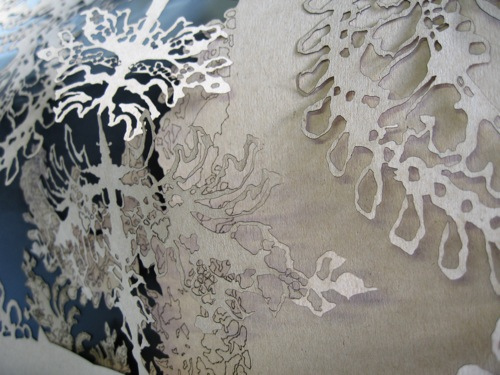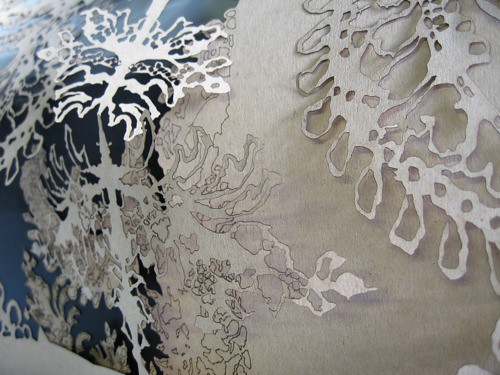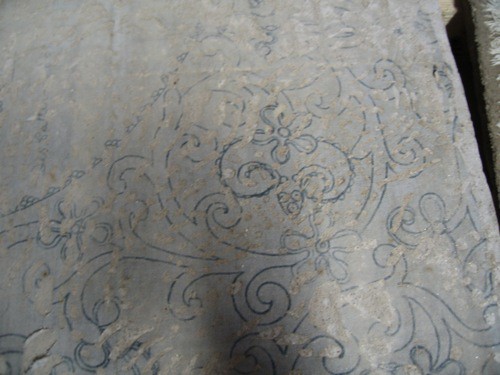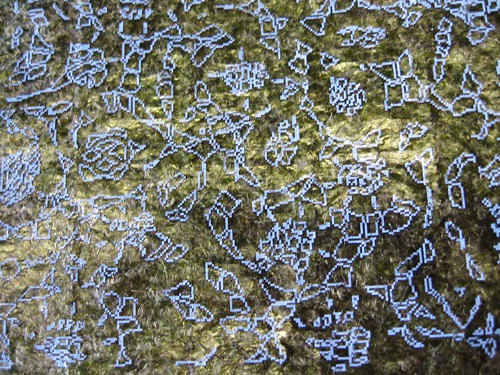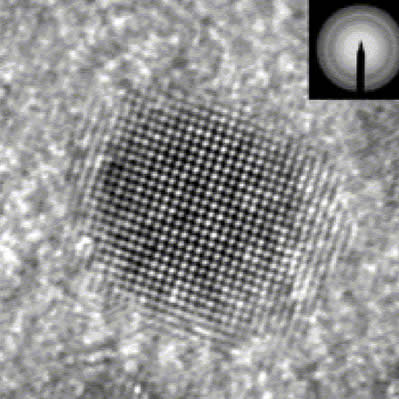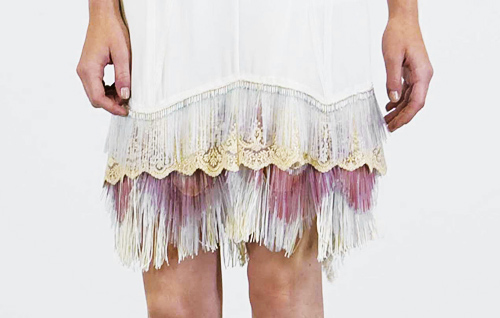 Fashion designer Joshua Hupper of AlphaMicron is working with liquid crystal technology that he's applying to garments. The technology is similar to that found in many flat-panel HDTV displays. AlphaMicron originally applied the technology to sunglass lenses, which tint when exposed to sunlight or with a push of a button.
Fashion designer Joshua Hupper of AlphaMicron is working with liquid crystal technology that he's applying to garments. The technology is similar to that found in many flat-panel HDTV displays. AlphaMicron originally applied the technology to sunglass lenses, which tint when exposed to sunlight or with a push of a button.
But Hupper wanted to go beyond just eyewear by asking: "How could we use [liquid crystal technology] to serve sort of an aesthetic that people hadn't really seen before?" (source). So he began experimenting with the technology by applying them to fabrics. The fringe on the above skirt gradually changes color. And in the dress below, the sequence gets darker when the sunlight shines on them.
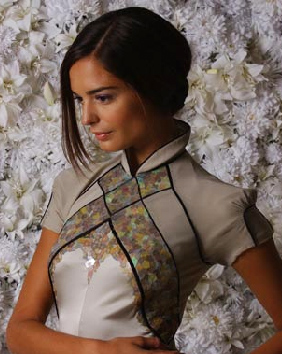 (image source via CNN)
(image source via CNN)
I've seen a lot of experiments with color-changing textiles using thermochromatic inks that change color when heat is applied. However, integrating liquid crystal technology into fabrics could result in a beautiful aesthetic that offers new opportunities for reactive textiles.


